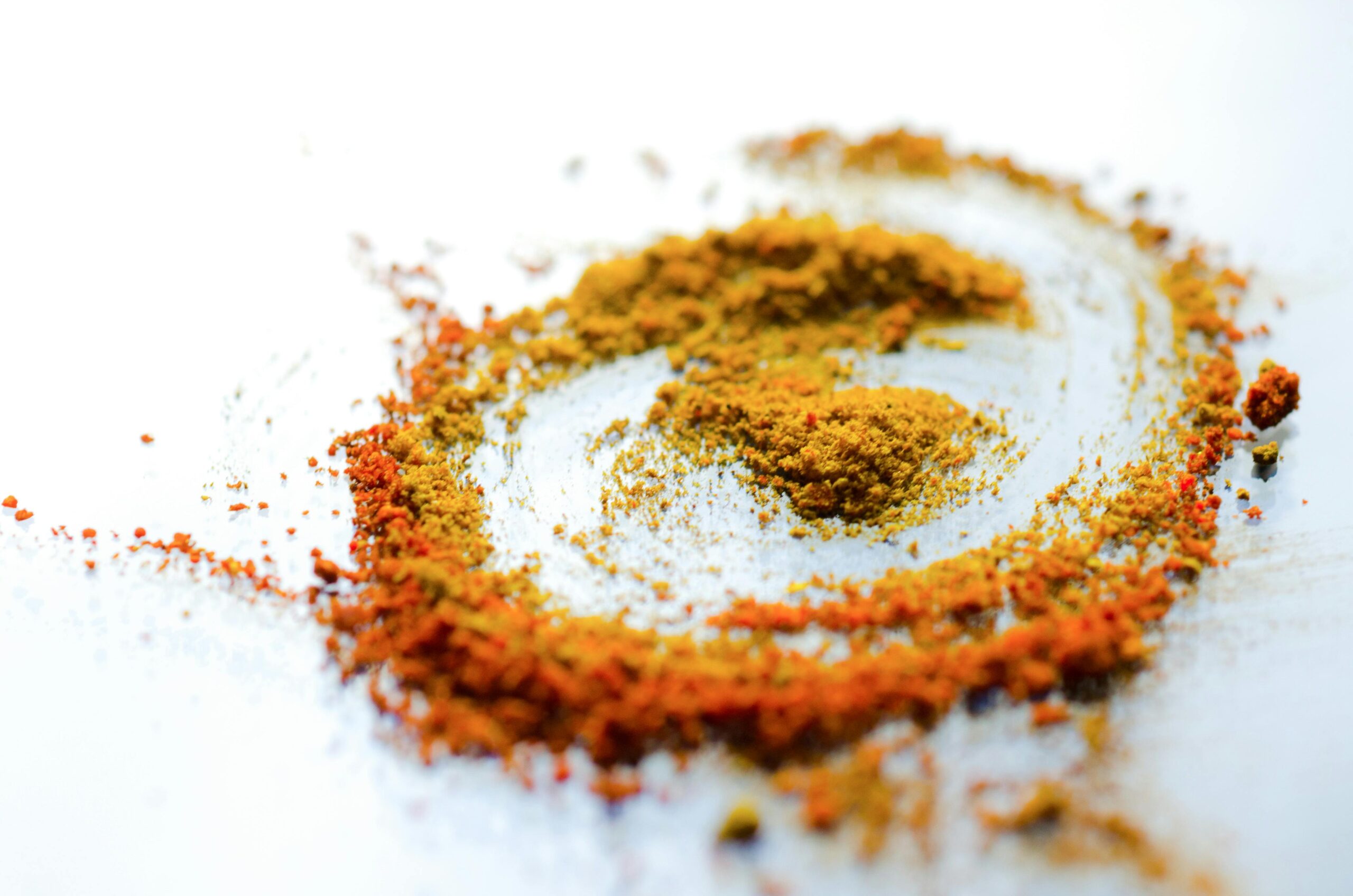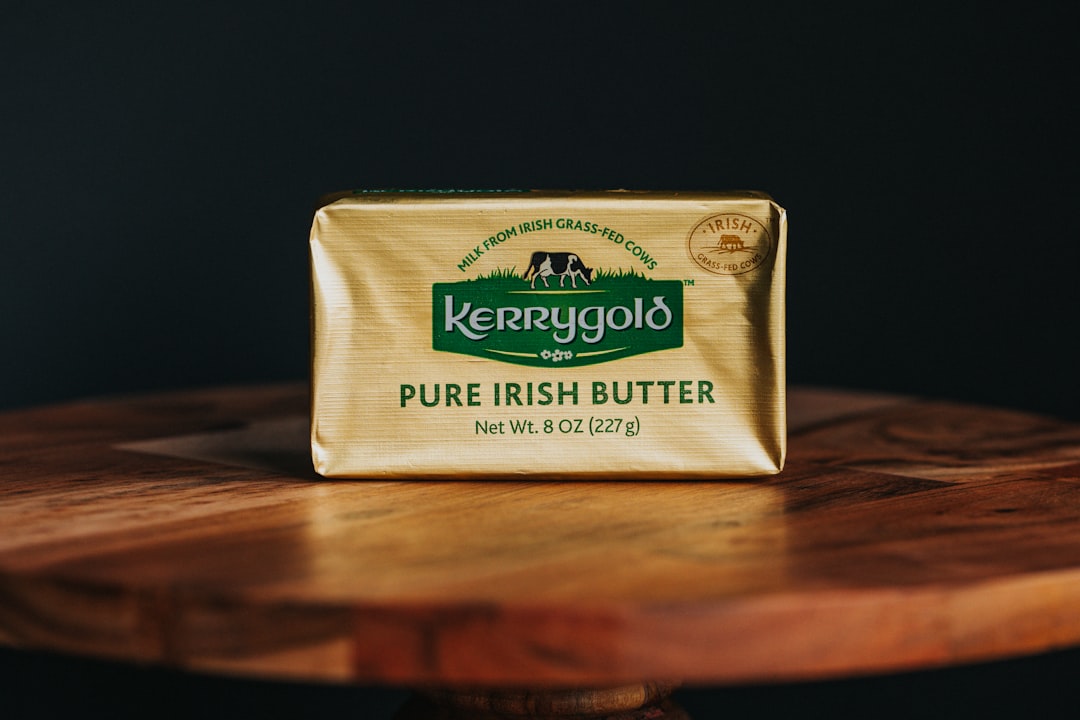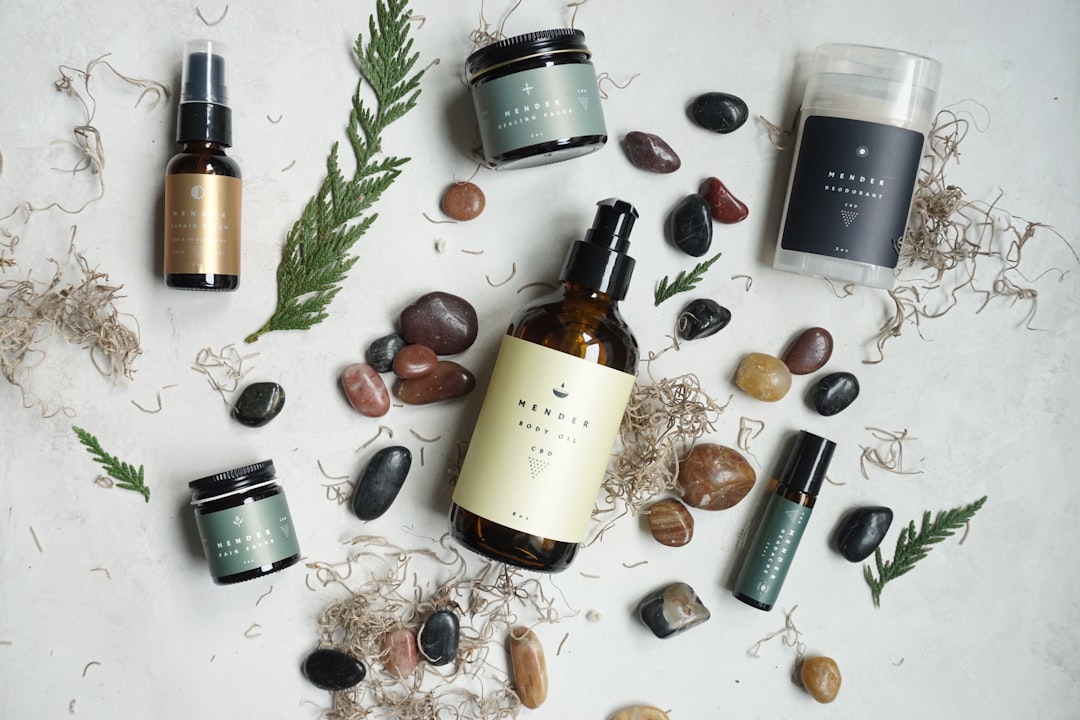Turmeric has been utilised for centuries in traditional medicine and skincare regimens for its numerous benefits, including its ability to brighten the skin. The active compound in turmeric, called curcumin, possesses potent anti-inflammatory and antioxidant properties that can help to improve the overall appearance of the skin. It can aid in reducing the appearance of dark spots, hyperpigmentation, and uneven skin tone, lending the skin a more radiant and youthful look.
Moreover, turmeric can also help to reduce the production of melanin in the skin, which can further contribute to a brighter complexion. Furthermore, turmeric has natural antibacterial and antiseptic properties, making it an effective treatment for acne and blemishes. It can help to reduce inflammation and redness associated with acne, whilst also preventing further breakouts.
The combination of these benefits makes turmeric an excellent natural ingredient for brightening and improving the overall health of the skin. Whether used in a face mask or as part of a skincare routine, turmeric can be a valuable addition for anyone seeking to achieve a brighter and more even complexion. Turmeric is also known for its ability to promote collagen production in the skin, which can help to improve skin elasticity and reduce the appearance of fine lines and wrinkles.
This can result in firmer, more youthful-looking skin with continued use. Additionally, turmeric’s antioxidant properties can help to protect the skin from environmental damage and free radicals, which can contribute to premature ageing. Overall, the benefits of turmeric for brightening the skin are numerous, making it a popular choice for those looking to achieve a healthy and radiant complexion.
Summary
- Turmeric has natural skin brightening properties
- A simple turmeric face mask can be made with just a few ingredients
- Precautions include potential staining and allergic reactions
- Different skin types require different turmeric face mask recipes
- The best time to use a turmeric face mask is in the evening
How to Make a Turmeric Face Mask
Basic Turmeric Face Mask Recipe
To make a basic turmeric face mask, start by mixing together 1 teaspoon of turmeric powder with 2 tablespoons of plain yoghurt and 1 teaspoon of honey. The yoghurt helps to soothe and hydrate the skin, while the honey provides additional antibacterial and moisturising benefits.
Alternative Recipe with Coconut Oil and Lemon Juice
Another popular recipe for a turmeric face mask involves mixing 1 teaspoon of turmeric powder with 1 tablespoon of coconut oil and 1 teaspoon of lemon juice. The coconut oil helps to moisturise and nourish the skin, while the lemon juice provides additional brightening effects. However, it’s important to note that lemon juice can be irritating to some skin types, so it’s best to do a patch test before applying it to the entire face.
Application and Precautions
Once the ingredients are mixed together, apply the turmeric face mask to clean, dry skin and leave it on for 10-15 minutes before rinsing off with warm water. It’s normal for the skin to have a slight yellow tint after using a turmeric face mask, but this should fade after washing the face with a gentle cleanser. Using a turmeric face mask 1-2 times per week can help to improve the overall brightness and clarity of the skin, while also providing additional benefits such as reducing inflammation and promoting collagen production.
Precautions and Tips for Using Turmeric Face Masks
While turmeric face masks can offer numerous benefits for the skin, there are some precautions and tips to keep in mind when using them. Firstly, it’s important to do a patch test before applying a turmeric face mask to the entire face, especially if you have sensitive skin. This involves applying a small amount of the mask to a discreet area of the skin, such as behind the ear, and waiting 24 hours to see if any irritation or allergic reaction occurs.
If no adverse effects are observed, it should be safe to use the mask on the face. Additionally, turmeric has the potential to stain the skin and clothing, so it’s important to take precautions when using a turmeric face mask. It’s best to wear old clothing that you don’t mind getting stained and use a dark towel to dry your face after rinsing off the mask.
If any staining occurs on the skin, it can usually be removed with a gentle cleanser or toner. It’s also important to avoid getting the mask in your eyes as it can cause irritation, so be careful when applying it around the eye area. Furthermore, it’s important to use high-quality turmeric powder when making a face mask to ensure that you are getting the full benefits of this powerful spice.
Look for organic turmeric powder that is free from additives or preservatives for the best results. Lastly, if you are pregnant or breastfeeding, it’s best to consult with a healthcare professional before using a turmeric face mask as a precaution. By following these precautions and tips, you can safely and effectively incorporate turmeric face masks into your skincare routine for brighter and healthier-looking skin.
Turmeric Face Mask Recipes for Different Skin Types
Turmeric face masks can be tailored to different skin types by incorporating additional natural ingredients that complement the benefits of turmeric. For oily or acne-prone skin, a turmeric face mask can be made by mixing 1 teaspoon of turmeric powder with 2 tablespoons of clay (such as bentonite or kaolin) and enough water to form a paste. The clay helps to absorb excess oil and impurities from the skin while the turmeric provides antibacterial and anti-inflammatory benefits.
This combination can help to reduce acne breakouts and balance oil production for clearer, brighter skin. For dry or sensitive skin, a gentle turmeric face mask can be made by mixing 1 teaspoon of turmeric powder with 2 tablespoons of mashed avocado and 1 teaspoon of honey. The avocado provides nourishing and moisturizing properties, while the honey helps to soothe and hydrate the skin.
This combination can help to alleviate dryness and irritation while brightening the complexion. Additionally, adding a few drops of rosehip oil or argan oil to the mask can provide additional hydration and antioxidant benefits for dry or mature skin. For combination skin, a balancing turmeric face mask can be made by mixing 1 teaspoon of turmeric powder with 1 tablespoon of plain yogurt and 1 teaspoon of apple cider vinegar.
The yogurt helps to hydrate and soothe the skin, while the apple cider vinegar provides gentle exfoliation and helps to balance the skin’s pH levels. This combination can help to brighten and clarify the complexion while addressing both oily and dry areas of the skin. By customizing turmeric face mask recipes with additional natural ingredients, you can effectively address specific skincare concerns while harnessing the brightening benefits of turmeric.
The Best Time to Use a Turmeric Face Mask
The best time to use a turmeric face mask is typically in the evening as part of your skincare routine. This allows the mask to work its magic overnight while you sleep, giving it plenty of time to penetrate the skin and deliver its brightening and healing benefits. Using a turmeric face mask in the evening also allows you to avoid any potential staining or yellow tint that may occur immediately after using the mask.
By applying the mask before bed, you can wash it off in the morning with a gentle cleanser and start your day with brighter, more radiant-looking skin. Additionally, using a turmeric face mask in the evening allows you to follow up with your regular nighttime skincare routine, such as applying serums or moisturizers, which can further enhance the benefits of the mask. It’s important to apply sunscreen during the day when using a turmeric face mask as it can increase sensitivity to UV rays due to its exfoliating properties.
By incorporating a turmeric face mask into your evening skincare routine, you can effectively brighten and improve the overall health of your skin while avoiding any potential side effects during daylight hours.
How Often Should You Use a Turmeric Face Mask?
Other Natural Ingredients to Combine with Turmeric for Brightening Effects
In addition to the basic ingredients used in turmeric face masks, there are several other natural ingredients that can be combined with turmeric for enhanced brightening effects. For example, adding a few drops of lemon juice or orange juice to a turmeric face mask can provide additional brightening benefits due to their natural citric acid content. However, it’s important to use caution when using citrus juices on the skin as they can be irritating for some individuals.
Furthermore, incorporating ingredients such as papaya or pineapple into a turmeric face mask can provide gentle exfoliation and brightening effects due to their natural enzymes. These fruits contain alpha hydroxy acids (AHAs) that help to slough off dead skin cells and promote cell turnover for a more radiant complexion. Additionally, adding a small amount of ground oats or rice flour to a turmeric face mask can provide gentle exfoliation while soothing and calming the skin.
Moreover, combining turmeric with natural skincare oils such as jojoba oil or rosehip oil can provide additional nourishment and hydration for the skin while enhancing its brightening effects. These oils are rich in antioxidants and essential fatty acids that help to improve skin texture and tone while protecting against environmental damage. By experimenting with different natural ingredients in combination with turmeric, you can create customized face masks that cater to your specific skincare needs while achieving brighter and healthier-looking skin.
If you’re interested in exploring the benefits of natural skincare ingredients, you may also want to check out this article on the power of niacinamide and its skin-boosting benefits. Niacinamide is a versatile ingredient that can help improve the overall appearance of your skin, making it a great addition to your skincare routine.
FAQs
What are the benefits of using turmeric face masks for brightening?
Turmeric contains curcumin, a powerful antioxidant and anti-inflammatory compound that can help brighten the skin, reduce acne and scarring, and even out skin tone.
How do you make a turmeric face mask for brightening?
A simple turmeric face mask can be made by mixing 1 teaspoon of turmeric powder with 2 tablespoons of plain yogurt and 1 teaspoon of honey. Apply the mixture to the face and leave it on for 15-20 minutes before rinsing off with warm water.
Are there any side effects of using turmeric face masks?
While turmeric is generally safe for most people, it can cause staining of the skin, especially for those with fair skin. It’s important to do a patch test before using a turmeric face mask and to avoid using it if you have a known allergy to turmeric.
How often should I use a turmeric face mask for brightening?
It’s recommended to use a turmeric face mask 1-2 times per week to see the best results. Overuse of turmeric can cause skin irritation for some people.
Can turmeric face masks help with acne?
Yes, turmeric has anti-inflammatory and antibacterial properties that can help reduce acne and prevent future breakouts. It can also help fade acne scars and hyperpigmentation.




